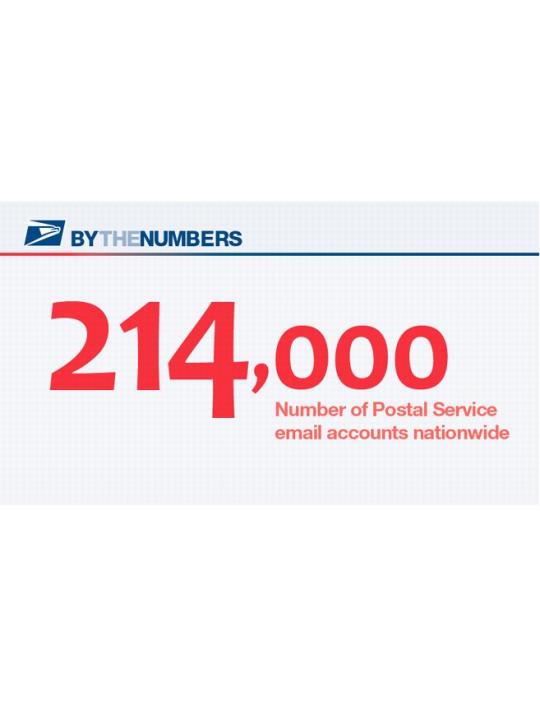Are you trying to limit your data usage by using public Wi-Fi? Have you downloaded any cool new apps lately? These actions could place your mobile phone or tablet at risk. Since malicious actors can target any device at any time, protecting your devices is especially important. Your mobile phones and tablets could contain endless amounts of sensitive data, including:
n Your physical location,
n Contacts,
n Financial data, and
n Classified business information (if using a business-issued device).
Protect yourself from potential threats by taking the following precautions:
n Lock your device. Establish a passcode or use a fingerprint scan to protect data on your phone or tablet from unauthorized viewers.
n Disable Wi-Fi and Bluetooth. This connection point to other devices puts your mobile device at risk. Turn off Bluetooth and Wi-Fi when not in use to cut off potential connection paths to hackers.1
n Avoid public Wi-Fi. Hackers can easily infiltrate public networks. If you need to use the Internet in a public place, use your data plan or hotspot.
n Verify the app. In 2016, research indicated that hackers had breached 75-80 percent of the most popular free apps on iPhones and Androids.2 Before downloading any apps, review the app’s privacy policy (e.g., look at what data it collects and how it’s used) and app permissions (e.g., check to see if it uses location tracking; for a car-ride app it may make sense, for a game app it does not).3
n Double-check before you click. Be wary of links or attachments you receive via text or email. Even messages from known contacts may be infected with a virus or malware. If the link or attachment appears suspicious, don’t click on it or open it. Not sure if your friend really sent you that message? Call them.
You are the best line of defense against potential cyber threats. For more information on how to stay cybersafe, check out the CyberSafe at USPS® websites on Blue (blue.usps.gov/cyber/) and LiteBlue (liteblue.usps.gov/cyber/), or the public-facing website at uspscybersafe.com.
If you suspect your USPS® device has been compromised, do not attempt to fix the situation yourself. Instead, report it immediately to the CyberSecurity Operations Center (CSOC) at cybersafe@usps.gov.
— Corporate Information Security Office,
Chief Information Security Officer
and Digital Solutions, 8-31-17

